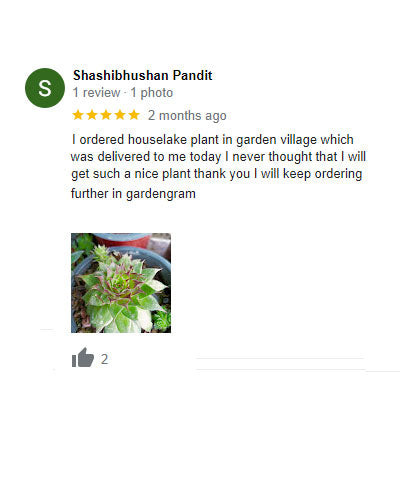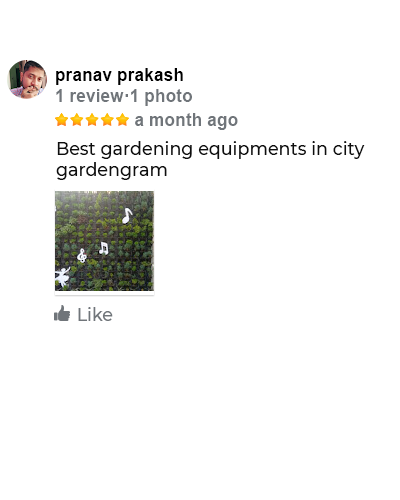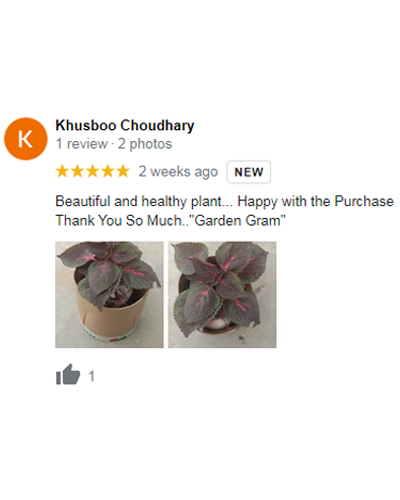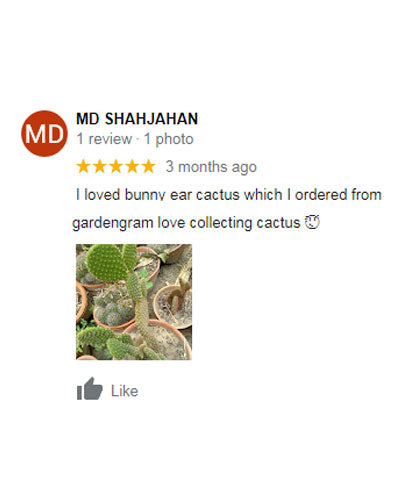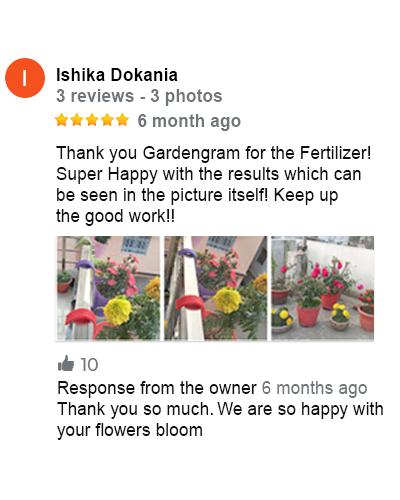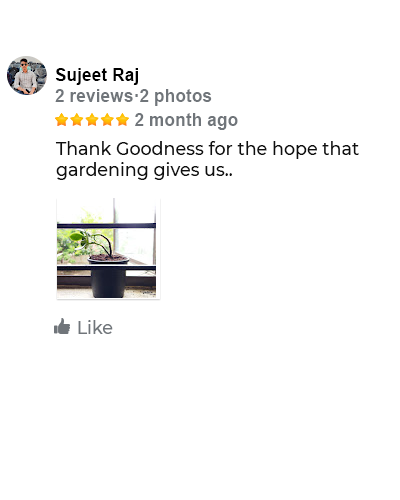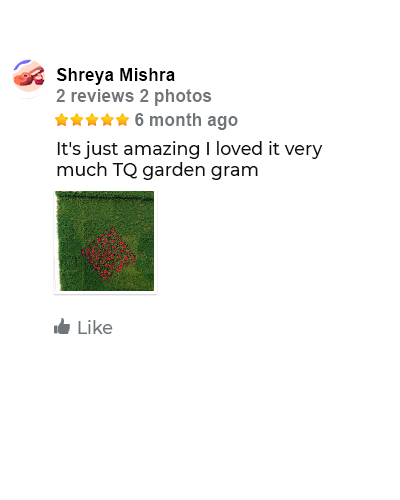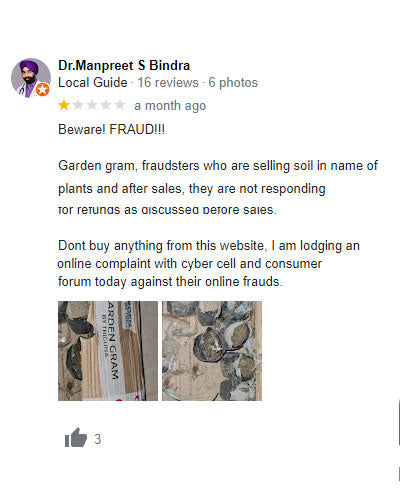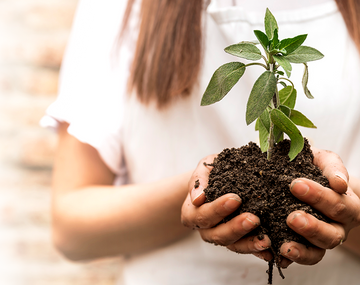Choosing the Best Soil Mix for Your Indoor Plants
When it comes to keeping your indoor plants thriving, soil plays a crucial role that often gets overlooked. Understanding how soil impacts your green companions and selecting the right mix can be a game-changer. Let's dive into the nitty-gritty details that make soil the unsung hero of indoor gardening.
Understanding the Role of Soil in Indoor Plant Health
The soil isn't just a placeholder for your plants; it's a bustling ecosystem teeming with life. It provides stability, nutrients, and a home for vital microbes that support plant growth. Without healthy soil, your plants struggle to flourish, no matter how much light or water they receive.
Factors Influencing Indoor Plant Soil Selection

When it comes to selecting the ideal soil for indoor plants, several critical factors play a pivotal role in determining the best fit for your green companions.
-
Plant Species and Varieties: Different plants have unique soil requirements. Some prefer well-draining soil, while others thrive in moisture-retentive mixes. Understanding the specific needs of your plant species and varieties is fundamental. For instance, tropical plants might favor a soil mix that retains more moisture, mimicking their natural habitat, while desert plants need a soil blend that prevents waterlogging.
-
Watering Frequency and Water Retention: Your watering routine influences the type of soil your plants need. If you tend to water infrequently or if your plants are sensitive to overwatering, a soil mix with excellent drainage capability becomes essential. Conversely, for plants requiring consistent moisture, a mix that retains water for a more extended period without becoming soggy is preferable.
-
Light and Humidity Conditions: Indoor environments vary in terms of light and humidity levels. Plants in high-light, low-humidity conditions might require a soil mix that balances moisture retention while allowing proper aeration to prevent root rot. Conversely, plants in low-light conditions might benefit from a soil mix that helps avoid excessive moisture buildup.
-
Pot Size and Root Space: The size of your plant's container influences soil selection. Larger pots hold more soil, which affects drainage and aeration. For instance, smaller pots might benefit from a lighter mix that promotes better drainage, preventing water accumulation around the roots.
-
Climate and Seasonal Changes: Indoor climates can vary, especially with seasonal shifts in temperature and humidity. Adjusting the soil mix based on these changes can help maintain a stable environment for your plants. For example, during the winter when indoor heating dries the air, a soil mix with enhanced moisture retention can be beneficial.
-
Plant Growth Stage: Different growth stages demand different soil characteristics. Seedlings may require a lighter, finer soil mix to allow delicate roots easy penetration, while mature plants might benefit from a more nutrient-rich blend to sustain their growth.
- Soil pH and Nutrient Content: Some plants thrive in specific pH ranges or require particular nutrients for optimal growth. Testing soil pH and understanding nutrient content can guide soil selection. For instance, acid-loving plants like azaleas prefer acidic soil, while others might need a more neutral pH level for healthy growth.
Considering these factors collectively allows you to tailor the soil mix to meet the specific needs of your indoor plants, promoting their health and vitality in your home environment.
Key Components for Healthy Indoor Plant Growth
Organic Matter: The Foundation of Nutrient-Rich Soil Finding soil rich in organic matter is like giving your plants a buffet of nutrients. Compost, peat moss, or decomposed leaves create a fertile environment for roots to explore.
Drainage Materials: Balancing Moisture Levels Nobody likes soggy feet, especially plants. Including materials like perlite or coarse sand in your soil mix ensures excess water doesn't drown your plants' roots.
Aeration Agents: Ensuring Oxygen Reach to Roots Plants breathe through their roots, and compacted soil suffocates them. Adding vermiculite or pine bark helps in aerating the soil, letting roots breathe freely.
Types of Indoor Plant Soil Mixes

Potting Soil:
Potting soil is a versatile blend suitable for a wide range of indoor plants. Among the options available, Gardengram’s Potting Mix stands out as a balanced and nutrient-rich solution. Crafted from a combination of Low EC cocopeat, vermicompost, organic acids, minerals, and enzymes, this mix has been meticulously formulated by Garden Glam based on over 40 years of plant nourishment data.
Features of Gardengram’s Potting Mix:
- Improved Drainage and Aeration: This mix fosters better soil aeration and drainage, enhancing the plant's ability to uptake nutrients and water efficiently.
- Light Texture: The lightweight nature of this mix promotes robust root and shoot systems, contributing to increased yields. Thicker stems facilitate nutrient movement, aiding in flowering and fruit set.
- Enhanced Plant Metabolism: It stimulates plant growth, boosting photosynthesis efficiency and carbon assimilation.
- Increased Cell Development: Promotes tissue growth, leading to balanced and efficient plant growth.
- Nutrient Binding Support: Acts as a binding agent for nutrients, aiding plants in utilizing these nutrients effectively.
-
Hassle-free Gardening: Ready-to-use and easy to pot or repot plants, making gardening a seamless and convenient process.
Cactus and Succulent Mix:
Tailored for arid-loving plants, this mix focuses on optimized drainage to prevent waterlogging, mirroring the conditions these plants thrive in.
Orchid Mix:
Airy and specialized, this blend caters to epiphytic orchids, ensuring ample airflow around their roots.
Seed Starting Mix:
Lightweight and finely textured, this mix is ideal for nurturing delicate seedlings, providing the right balance of nutrients and aeration for successful germination.
Testing and Assessing Soil Quality
Testing and assessing soil quality for your indoor plants is like giving your plants a health check-up. It’s crucial for understanding the soil's condition and ensuring it provides the optimal environment for your plants to thrive.
Importance of Soil Testing for Indoor Plants
Regular soil testing is the backbone of successful indoor gardening. It helps in understanding the soil's health, fertility, and whether it meets the specific needs of your plants. Think of it as getting insights into your soil's well-being—knowing what it lacks or has in excess can make a significant difference in plant growth.
DIY Soil Testing Methods
- Checking Drainage: One simple test involves observing how quickly water drains through your soil. Saturate the soil and time how long it takes for water to percolate through. Good drainage allows excess water to escape, preventing root rot.
- pH Levels: pH test kits are affordable and easy to use. Different plants thrive in different pH levels. Testing the pH of your soil helps ensure it aligns with your plants' preferences—some prefer acidic soils, while others thrive in alkaline conditions.
-
Nutrient Levels: Observing your plants' reactions can also provide clues about nutrient deficiencies. Yellowing leaves, stunted growth, or lack of flowering might indicate nutrient imbalances. If needed, commercial soil test kits or laboratory tests can provide detailed insights into nutrient levels
Reading Plant Signals
Plants are great communicators, and they often show signs when something's amiss in the soil. For instance, if the leaves are turning yellow or brown, or the growth seems stunted despite proper care, it could indicate underlying soil issues. Learning to interpret these signals helps in identifying and addressing soil-related problems promptly.
Professional Soil Testing
For a more comprehensive analysis, professional soil testing services are available. These services provide detailed reports on soil composition, pH levels, nutrient content, and any potential issues that may affect plant growth. While these services might involve a fee, they offer highly accurate insights that can be invaluable for maintaining a healthy indoor garden.
Soil Testing Frequency
Regular testing, especially when setting up a new indoor garden or introducing new plants, is essential. It helps in establishing a baseline understanding of your soil's characteristics. Afterward, periodic checks, perhaps every few months or whenever you notice changes in plant health, can help in maintaining optimal soil conditions.
Adjusting Soil Based on Test Results
Once you have your soil test results, it's time to take action. Adjust the soil pH if necessary using appropriate amendments like lime or sulfur. For nutrient deficiencies, organic fertilizers or supplements tailored to the specific needs of your plants can restore the balance.
Maintaining Healthy Soil and Plant Growth
Maintaining healthy soil and ensuring robust plant growth is a bit like being a plant whisperer – it involves understanding the needs of your green pals and giving them the TLC they deserve. Here's a deeper dive into the practices that keep your soil vibrant and your plants thriving:
Regular Soil Refreshment: Rejuvenating Depleted Nutrients
Think of soil as a pantry: it needs restocking! Over time, nutrients get absorbed by plants or washed away with watering. That's when soil refreshment steps in. Adding compost or organic matter acts as a nutritional boost, replenishing what's been used up and fostering a healthy soil ecosystem.
The beauty of compost lies in its ability to reintroduce essential nutrients and beneficial microbes. It's like a superfood for your soil, promoting microbial activity, improving soil structure, and enhancing nutrient availability for your plants. Plus, it's an eco-friendly way to recycle organic waste from your kitchen and garden.
Proper Watering Practices: Preventing Waterlogging and Drought Stress
Watering your plants might seem straightforward, but it's an art in itself. Overwatering leads to waterlogged soil, suffocating roots, and causing stress to your plants. Conversely, underwatering can leave your plants thirsty and stressed out.
Understanding your plant's water needs is key. Some plants prefer drier conditions, while others enjoy a good soak. Factors like pot size, drainage, and humidity levels influence watering frequency. Checking the soil moisture before watering prevents overdoing it and ensures your plants get just the right amount of hydration.
Another nifty trick is watering from the bottom. Placing pots in a tray of water allows roots to absorb moisture as needed, preventing excess water accumulation on the soil surface.
Preventing Pest Infestation: Soil Care for a Healthy Plant Environment
Healthy soil isn't just about nutrients; it's a frontline defense against pests and diseases. A well-maintained soil ecosystem naturally repels unwanted visitors, keeping your plants safe and sound.
Ensuring proper drainage is crucial. Standing water becomes a breeding ground for pests like fungus gnats, while well-draining soil keeps them at bay. Mulching with materials like gravel or diatomaceous earth creates a barrier against crawling pests and discourages them from making a home near your plants.
Balanced soil fertility also plays a part in pest prevention. Over-fertilizing can stress plants, making them more susceptible to infestations. By maintaining a steady nutrient balance, you create an environment where plants can resist pests on their own.
Frequently Asked Questions (FAQ):
1. What material is soil mix?
Soil mix comprises a blend of various organic and inorganic materials. Common components include organic matter like compost, peat moss, or decomposed leaves, which provide essential nutrients. Inorganic elements like perlite, vermiculite, or coarse sand help with drainage and aeration, ensuring a balanced environment for plant roots to thrive.
2. What is the importance of soil mixing?
Soil mixing is crucial as it creates an ideal environment for plant growth. It ensures the right balance of nutrients, moisture retention, and aeration, promoting healthy root development and overall plant vitality. Customizing soil mixes based on plant needs allows for optimized growing conditions, supporting stronger, more resilient indoor plants.
3. Can I use any soil for indoor plants?
While some indoor plants are adaptable to various soil types, not all soils are suitable. Specialized soil mixes designed for indoor plants offer the necessary balance of nutrients, drainage, and aeration crucial for their growth. Using any soil might lead to issues like poor drainage, nutrient deficiencies, or compacted roots, hindering your plant's health and growth. Opting for a well-formulated indoor plant soil mix ensures the best chance of success for your green companions.
Now that you're armed with insights into the art of soil selection and care, it's time to put your newfound knowledge into action. Take the first step towards a thriving indoor garden by assessing your plants' needs and choosing the right soil mix.
Whether you're a seasoned indoor gardener or just starting your green journey, the right soil is the cornerstone of success. Start experimenting with soil mixes, observe your plants' responses, and watch your indoor oasis blossom.
Happy planting!
Shop our range of premium soil mixes to give your indoor plants the perfect foundation for growth!





